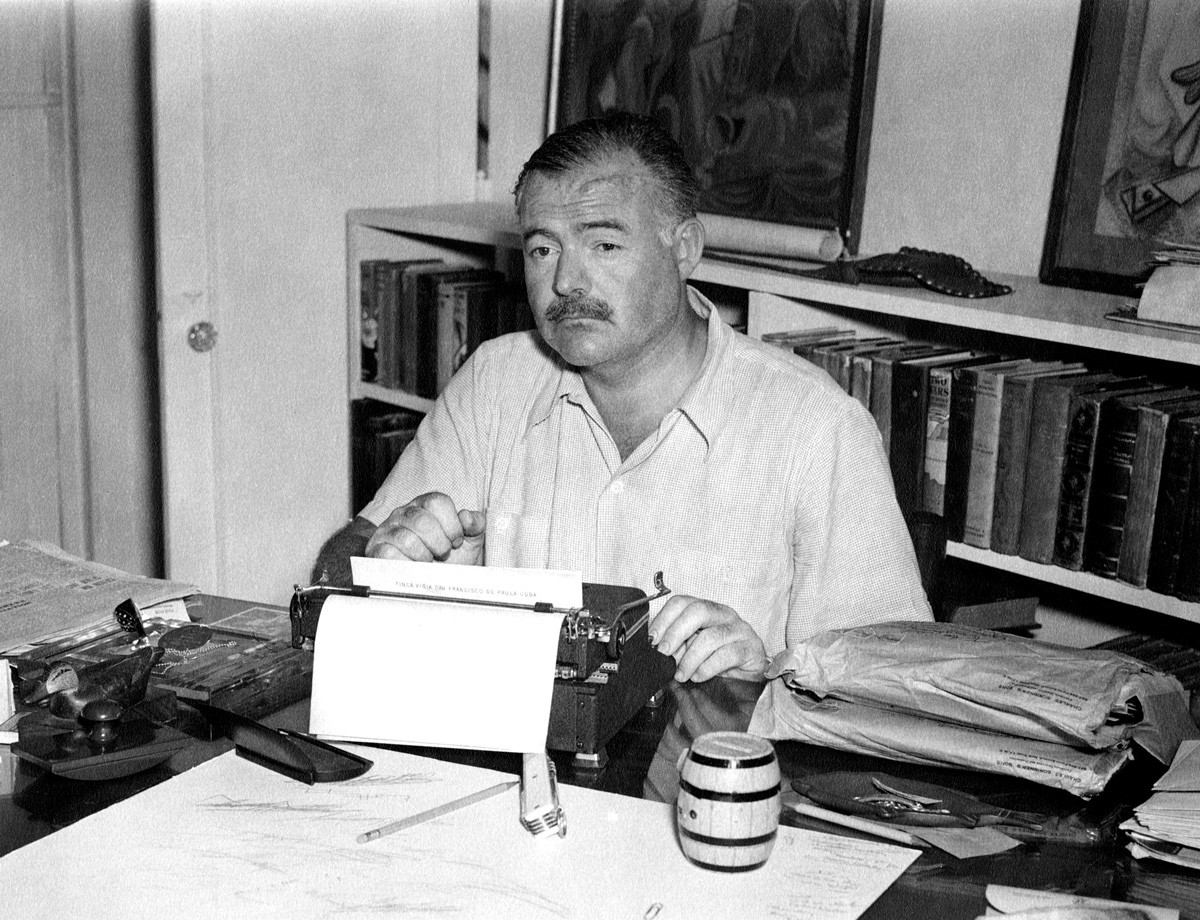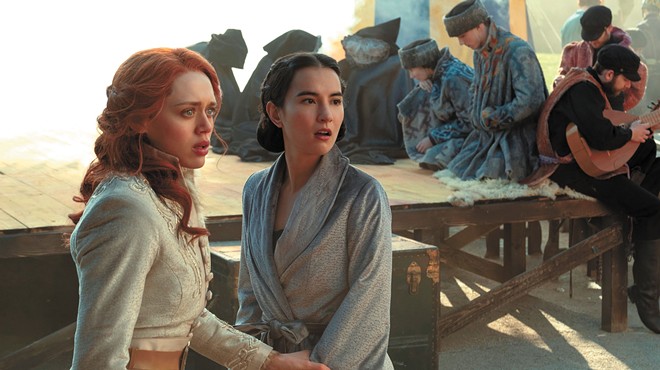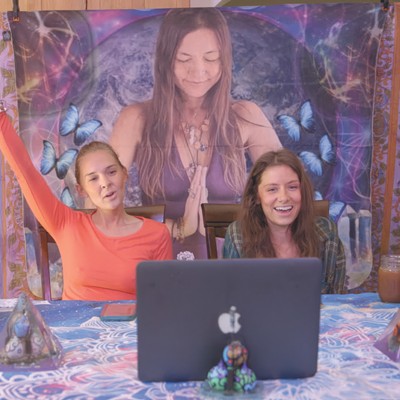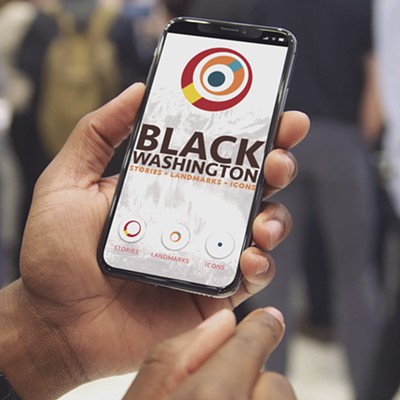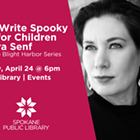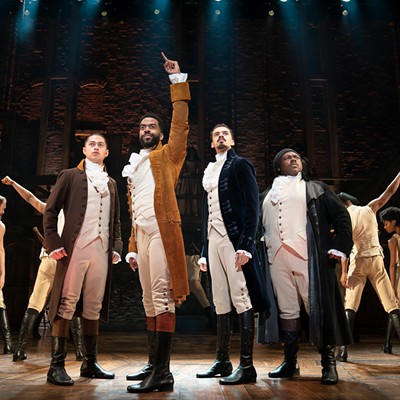There's one Ernest Hemingway quote — read aloud by Jeff Daniels in the new PBS Hemingway documentary — that sums up how Ken Burns and Lynn Novick portray the mythic literary figure.
"You can't do this without putting in the bad and the ugly as well as what is beautiful. Because if it is all beautiful, you can't believe in it. Things aren't that way. It is only by showing both sides, three dimensions, and if possible, four, that you can write the way I want to."
Yet over the years, many have come to believe in Hemingway as a one-dimensional figure, a masculine writer who sips whiskey, crafts best-selling novels and then flies off to Africa for a hunt. Today, we sometimes glorify this myth of Hemingway, particularly when it comes to alcohol. You drink too much as a writer? It's OK, we're too often told. Hemingway did it.
Except the PBS documentary refuses to participate in the myth of Hemingway. His drinking is not some charming personality trait; it's a destructive force. His big game hunting isn't something men should aspire to do; it's a perplexing window into Hemingway's appetite for violence.
It also complicates Hemingway's image when it comes to women. It details each of his four marriages and his continual cycle of moving on to the next wife, seemingly unbothered with how it affected the previous one. But at the same time, the three-part documentary gives credit to Hemingway for understanding women's emotions in his writing, giving a poignant example of him doing so in his story "Up in Michigan," which ends in a date rape.
The documentary even briefly touches on Hemingway's experimentation with gender roles. Biographer Mary Dearborn explains how Hemingway liked to switch gender roles with his fourth wife, Mary Welsh.
"Somehow she's satisfying that intense desire of his to play with sex roles that way," Dearborn says in the film. "In a way, he wanted to be a woman who loved another woman."
This is all in context of Hemingway's brilliant, effortless prose read aloud throughout the documentary, with criticism and context offered by various authors influenced by his work. As we learn the personal triumphs and struggles of Hemingway the man, we learn how all of it influenced his writing, and why it resonated both while he was alive and now, long after his death.
It's not the story of some unassailable legend for whom inspirational writing came easy. This is a more complicated Hemingway. An uglier Hemingway. A more vulnerable Hemingway. It's those qualities, the documentary suggests, that made his work so legendary in the first place. To me, that's a much more believable story. ♦

